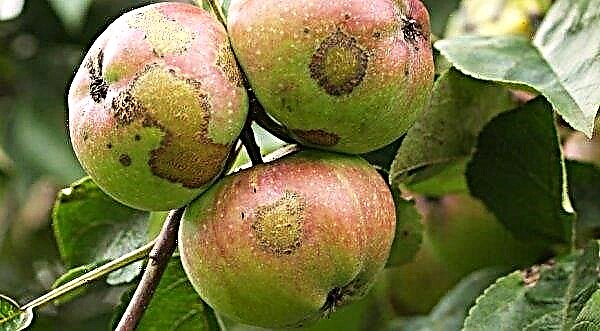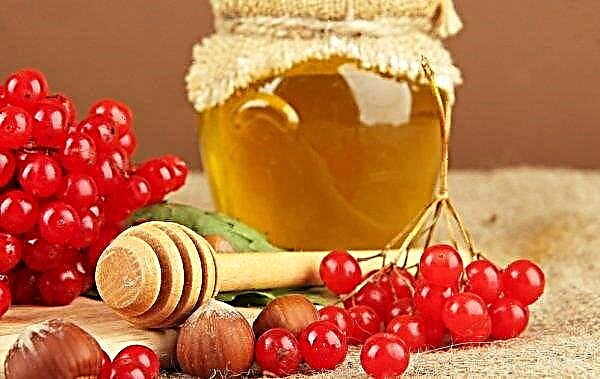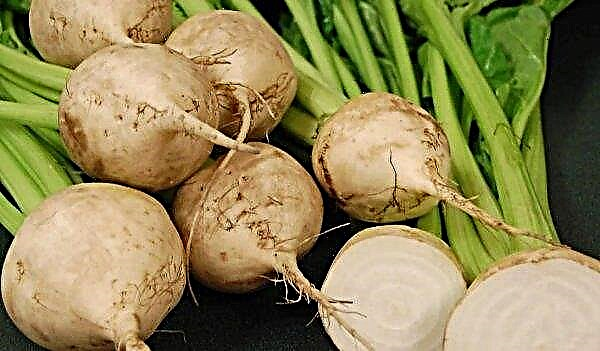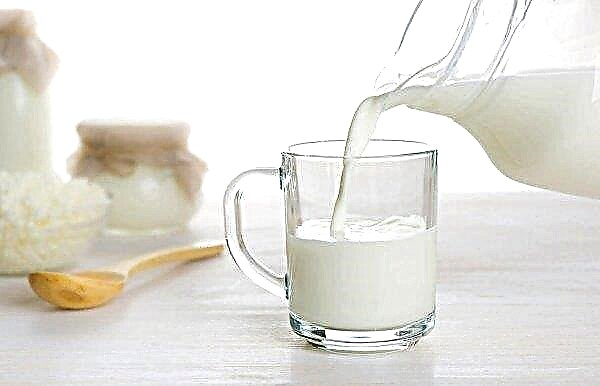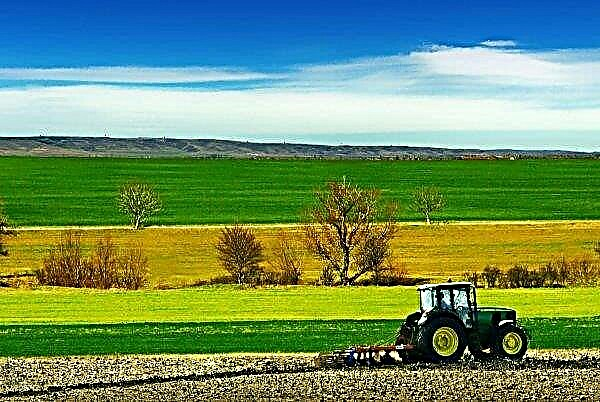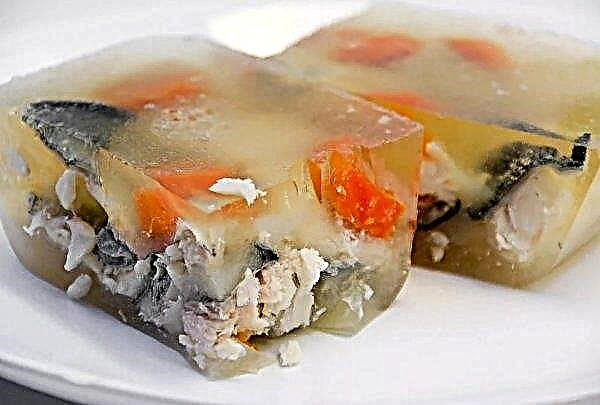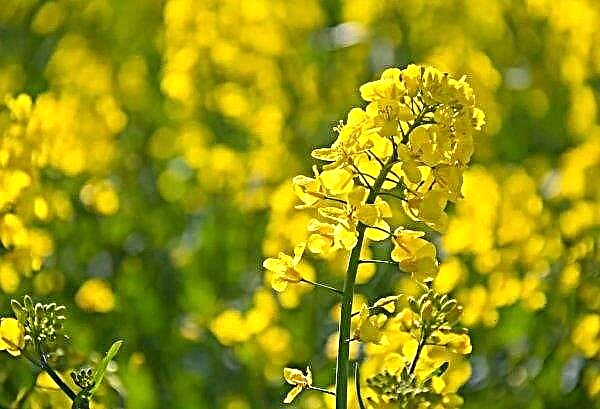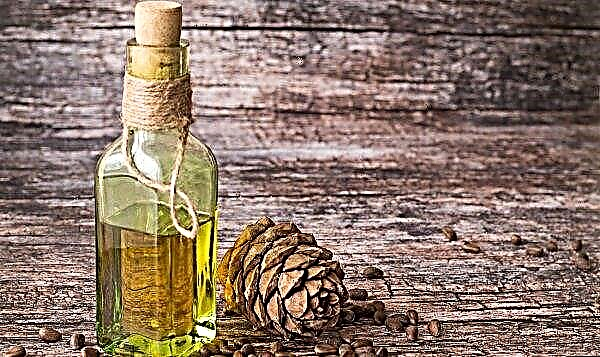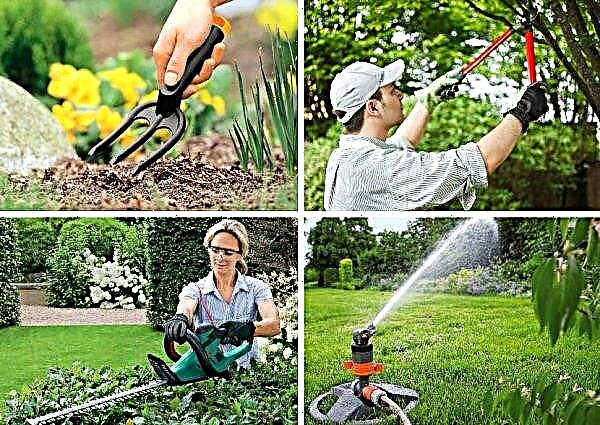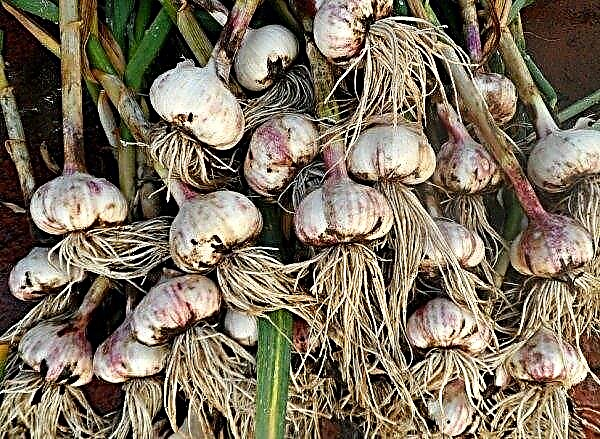Spirea is a lush and noble bush, the gentle flowering of which leaves no one indifferent. You can meet him in every park, square or garden plot, because he does not require painstaking care, likes moderate conditions and does not need frequent watering. However, even the most unpretentious plant is exposed to external factors that can result in diseases, so it is important to familiarize yourself with their symptoms in advance in order to respond to them in time.
Why do spirea turn yellow and dry leaves
Spirea bushes have high immunity, but sometimes, when passing by a plant, the gardener may notice yellowed leaves that dry and fall, after which it is transmitted to neighboring branches. This malaise can be a signal of two problems: improper care or pest damage.
It should be noted that, first of all, the violation of agricultural technology is the culprit of the diseases. This may be due to irregular watering, as the shrub does not tolerate prolonged drought, or to untimely sanitary pruning, as the shoots of the plant dry after 4 years of age.

If you notice yellowing in the newly planted young spirea, the reason could be inappropriate clay soil or soil with high acidity. The error could also be an increased content of fertilizers or improper location of the roots during planting.
If you are sure that everything is observed correctly, then pests, which can be of several types, became the culprits of the ailment:
- Moles. Due to the fact that the spiraea has a superficial root system, it can be damaged by rodents.
- Ants. The proximity of anthills to the plant should be avoided.
- Verticillus fungus. Shriveled leaves can be sick with verticillosis caused by the fungus of the same name. The reason for its development is waterlogging of the soil.
Important! Unpretentious spirea, although they steadily cope with uncomfortable conditions, however, they do not like plantations that are too thickened, so periodically prune and plant bushes.
How to reanimate dried spirea
If you find that spiraea has been sick due to improper agricultural practices, it’s enough to correct the situation: transplant the bush into less acid soil or plant thick plantings. In case of pest damage, first of all, it is necessary to get rid of the source of negative impact, and then remove the affected parts from the plant.
If the cause is ants, for their destruction and deterrence are used various baits, traps, sticky belts and poisonous mixtures.
 1 - clean the bark of the stem; 2 - tie the paper with twine; 3 - spread paper with glue.
1 - clean the bark of the stem; 2 - tie the paper with twine; 3 - spread paper with glue.
To challenge moles There are many modern means in the form of ultrasonic “repellers”, as well as many alternative methods (instilling empty bottles, repelling with a pungent odor, etc.).
To combat verticillosis use various fungicides, such as "Phosphamide", "Karbofos", "Acrex". A popular folk remedy are solutions of potassium permanganate and vitriol, which are sprayed with bushes.
Did you know? Not many people know that the salicin glycoside contained in the shoots of a plant is one of the components of aspirin — drugs with antipyretic and anti-inflammatory effects.
Why leaves turn white
The main reason that leaves can turn white is the spider mite, which is considered the main danger of spirea.. Fighting it turns into a lengthy process, and if measures are not taken in time, the pest will spread throughout the bush and will go to neighboring plants, so you need to save the spirea immediately after detecting the pest.

The time of its active activity falls on July-August, although larvae may appear on the leaves in May. While you are nonchalantly engaged in other inhabitants of the garden and do not notice the defeat of spirea, the tick is able to quickly spread and change up to 10 generations.
- There are several signs to detect a spider mite:
- the presence of white powdery spots on the leaves;
- premature yellowing and falling of leaves;
- the presence of a sticky web under the leaves of the plant.
Spirea gradually begins to lighten, becomes weak and acquires a general painful appearance. For the treatment of shrubs, the above fungicides are used, as well as drugs Actellik, Etafos, Kronefos. As folk remedies, a mixture of ash and laundry soap is used. The products are soaked in cold water for two days and then sprayed on the entire plant. The procedure is repeated every 5, and then 7 days.
Important! If the size of the bush allows, after spraying it can be covered with a bag or greenhouse cloth to create a greenhouse effect.
Take a closer look at what kind of white pattern is characteristic of the leaves of spirea. If it’s not just dot spots or plaque, but twisting “paths”, then this can speak of traces of the life of a raspberry moth, which leaves excrement in the form of intermittent undulating lines.
 To combat this pest, spraying is used in the beginning of summer and the beginning of autumn using Fufanon, Kinmiks, etc.
To combat this pest, spraying is used in the beginning of summer and the beginning of autumn using Fufanon, Kinmiks, etc.
Brown and red spots on the leaves
In a healthy state, the leaves of spirea have a juicy green or light green color, yellowing only in the beginning or middle of October. Brown and red spots are not characteristic of all varieties of shrubs and indicate damage to its diseases.
The causes of brown and red spots can be:
- Phyllostic spotting. It causes brown rounded spots with a scarlet border, which by autumn form into brown fruit "growths".

- Septorious spotting. Appears as a result of the activity of the septorium fungus. Leaves acquire rounded light brown (ocher) spots and a dark red border. By autumn, brown mushroom bodies form, which then dry, crack and decay.

- Ascochitic spotting. After a lesion of the same fungus, the plant is characterized by brown spots bordering the leaves. Over time, spots form large necrosis, and brown fruiting bodies appear at the bottom of the leaf.

To eliminate the causes, all affected and dry areas are removed, after which the bush is sprayed with copper-containing preparations. As a prophylaxis, plants are treated with iodine, milk-iodine, garlic-onion solutions.
For treatment, various drugs are used, for example, Fundazolum. They watered the area around the spirea in the ratio of 1 liter of water per 1 g of substance, and after 12 hours the bush is sprayed. After a week, the treatment is repeated, and after 18 days any fungicidal agent is used.
Did you know? Spirea has more than 100 species and are famous honey plants. Spirea honey is rich in vitamin C, tannins and carotene, which is a useful medicinal product.
Black coating on the sheets
The presence of black or dark gray plaque on the leaves indicates damage by fungi, bacteria and viruses, which requires the immediate elimination of the disease. Black plaque (another name is “sooty”) forms a dried crust and does not allow light and moisture to penetrate the leaf, impairing photosynthesis of the bush.

Fungi do not develop on their own, but after leaf damage by aphids, earthworms, scabies and whiteflies, which form a sticky, sweet environment. This environment becomes fertile ground for the development of sooty plaque of the mycelium.
As a result, the overall growth of the plant slows down, and the decorativeness of the bush decreases. It is useless to focus efforts on the destruction of the fungus, since initially it is necessary to defeat its main cause - insects.
The methods for controlling sticky pests are as follows:
- Copper soap solution. It is prepared in the ratio of 5 g of copper sulfate per 150 g of laundry soap and 10 l of water.

- Bordeaux fluid. 100 g of copper sulfate and 150 g of lime are mixed in 1 liter of hot water (each). After which the "milk" is filtered and copper sulfate is added.

- Copper Chloride. It is prepared at the rate of 40 g per 10 liters of water.
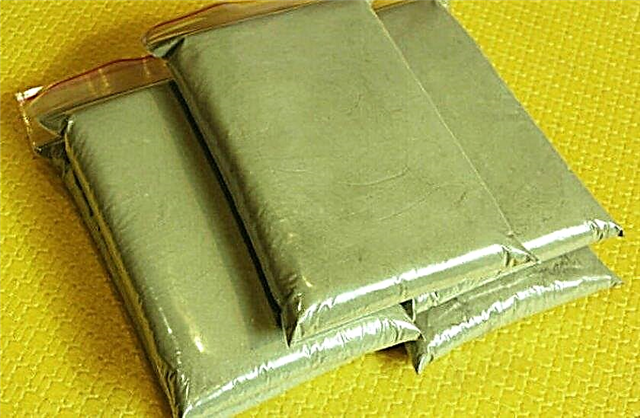
First, remove the affected leaves or rinse off the coating with water. Then one of the solutions needs to be poured and treated with spirea foliage, after which the procedure is repeated after 5-7 days.
Important! As a preventive measure, it is recommended to timely pruning the leaves, to prevent dense planting and to avoid increased soil moisture.
What to do if spirea flowers turn black
The most common cause of blackening of spirea inflorescences is powdery mildew.. This is a fungal disease that affects stems, and then leaves and flowers. Deforming, inflorescences acquire an uncharacteristic color and worsen their decorative appearance. Initially, the plaque is characterized by a brown color, which darkens over time, after which the flowers acquire a black color and die off.

Means of mildew prevention:
- Avoid oversupply. Spirea is a plant undemanding to fertilizers, so active top dressing can cause calcium deficiency or an excess of nitrogen, which will lead to the development of the pest.
- Humidity control. Avoid frequent watering, and in rainy weather "give the cause" into the hands of nature.
- Planting disinfection. In order not to bring the infection into the roots of a young plant, dip them in a solution of copper sulfate before planting.
If you take preventive measures too late and you find a disease, it must be treated immediately. To do this, spray the bush in sunny weather with a copper solution or a mixture of soda ash, laundry soap and water. Repeat actions every week, increasing breaks between "sessions" by 1 day.
 If the inflorescences look black and seem to be “nibbled,” they may have been attacked by thrips. Insects are easy to spot in a large cluster on and under the flowers.
If the inflorescences look black and seem to be “nibbled,” they may have been attacked by thrips. Insects are easy to spot in a large cluster on and under the flowers.
After their detection, remove the diseased flowers and treat the bush with fungicidal solutions, which we wrote about above. Flowers can also turn black due to gray mold, to combat which similar drugs are used.
Spirea can become the queen of your garden, because its magnificent flowering becomes brighter and richer every year. So that diseases and pests do not impede the enjoyment of its beauty, it is necessary to take preventive measures in time and adhere to the correct agricultural techniques, because the health of flowers and plants on the site, first of all, depends on the attention and care of the owners.







